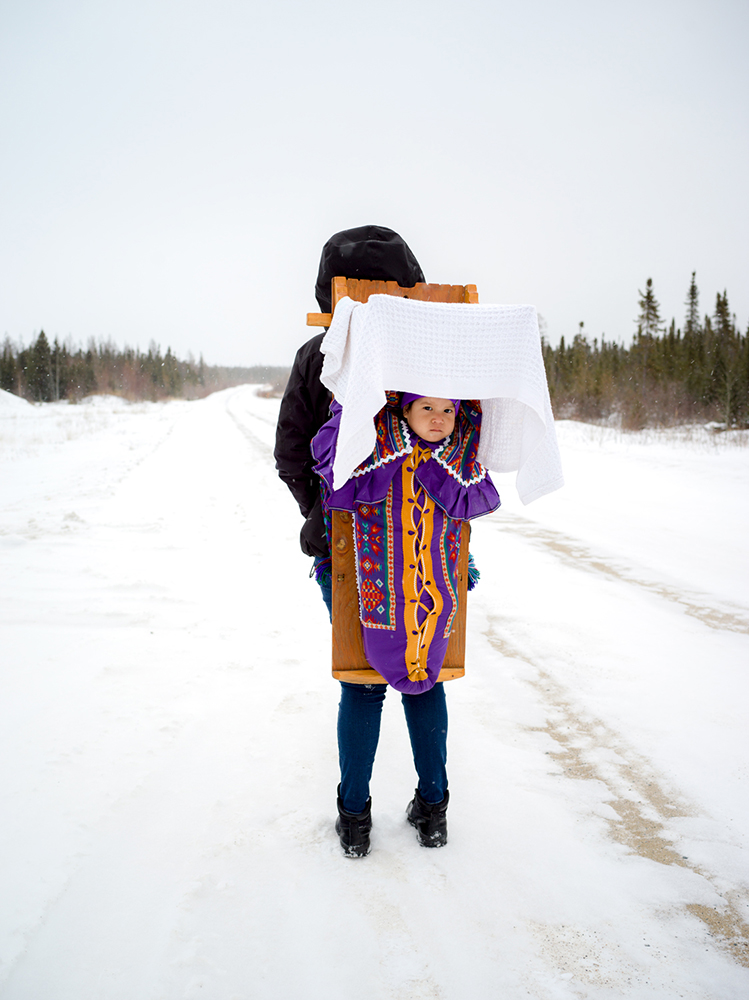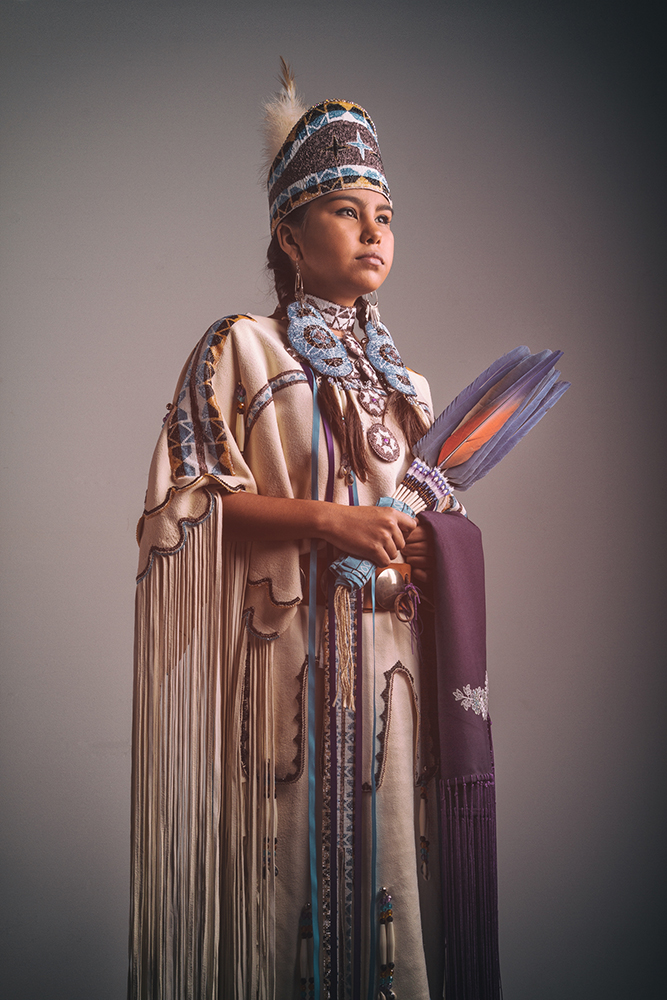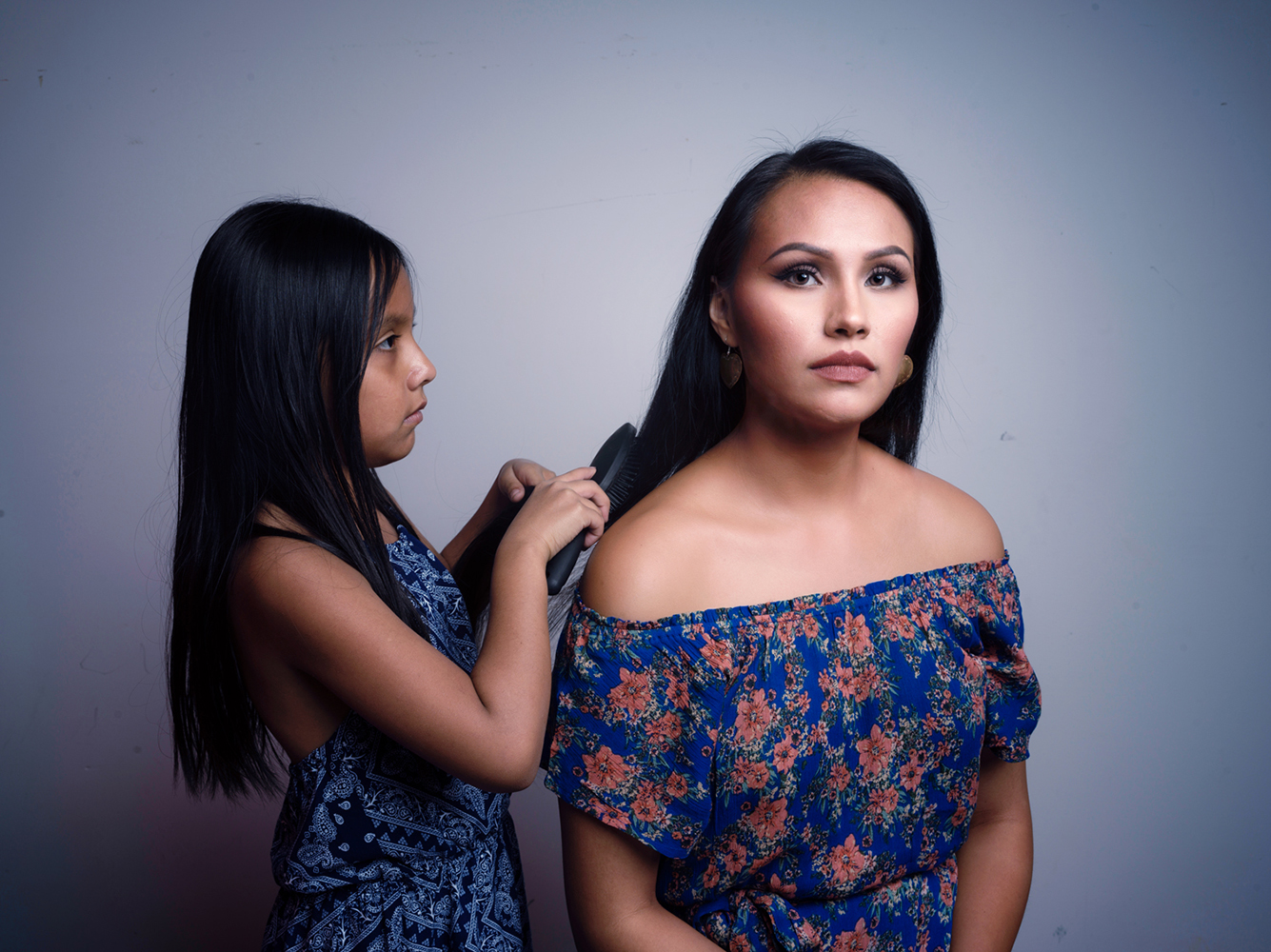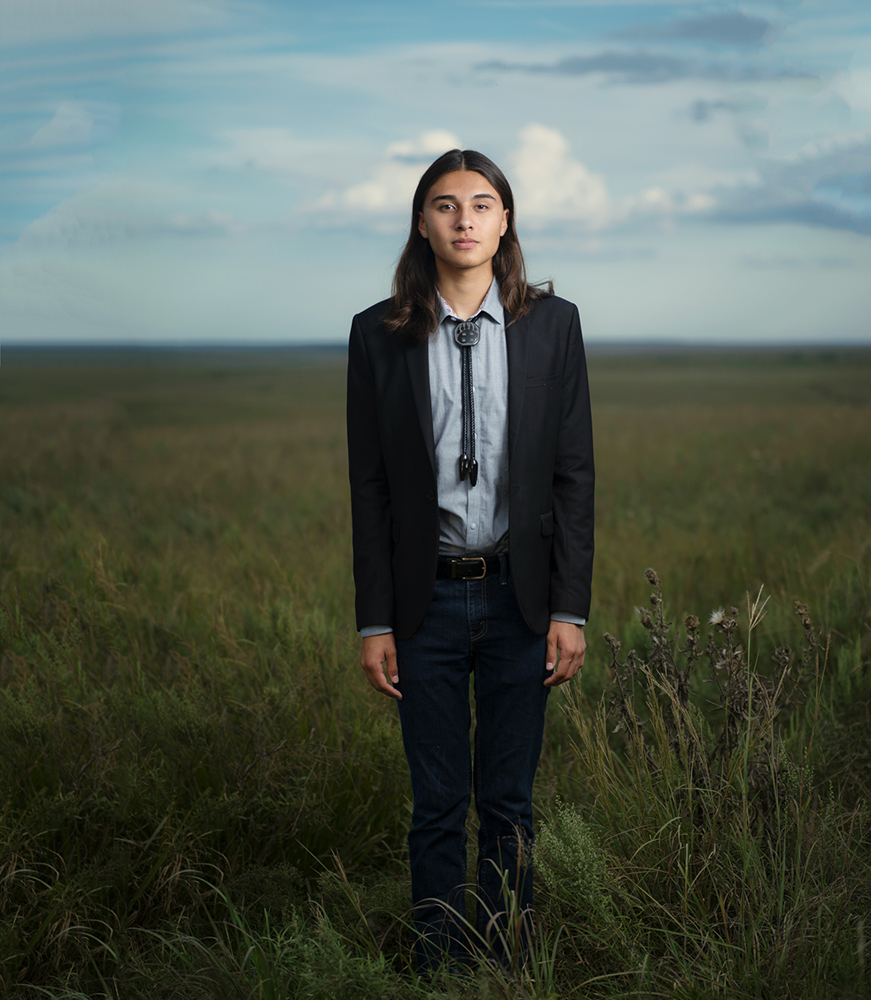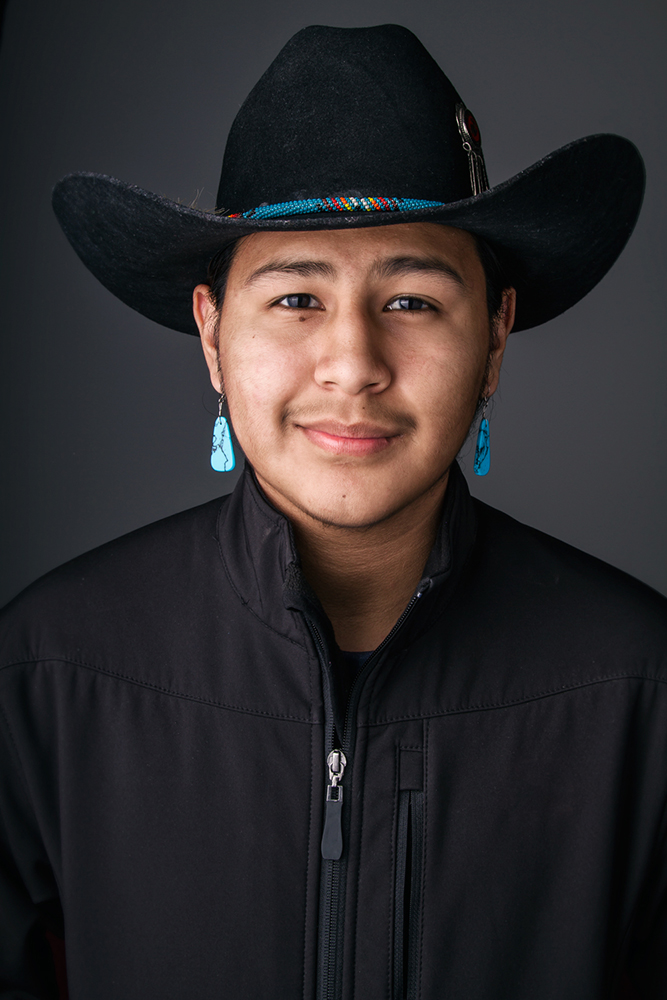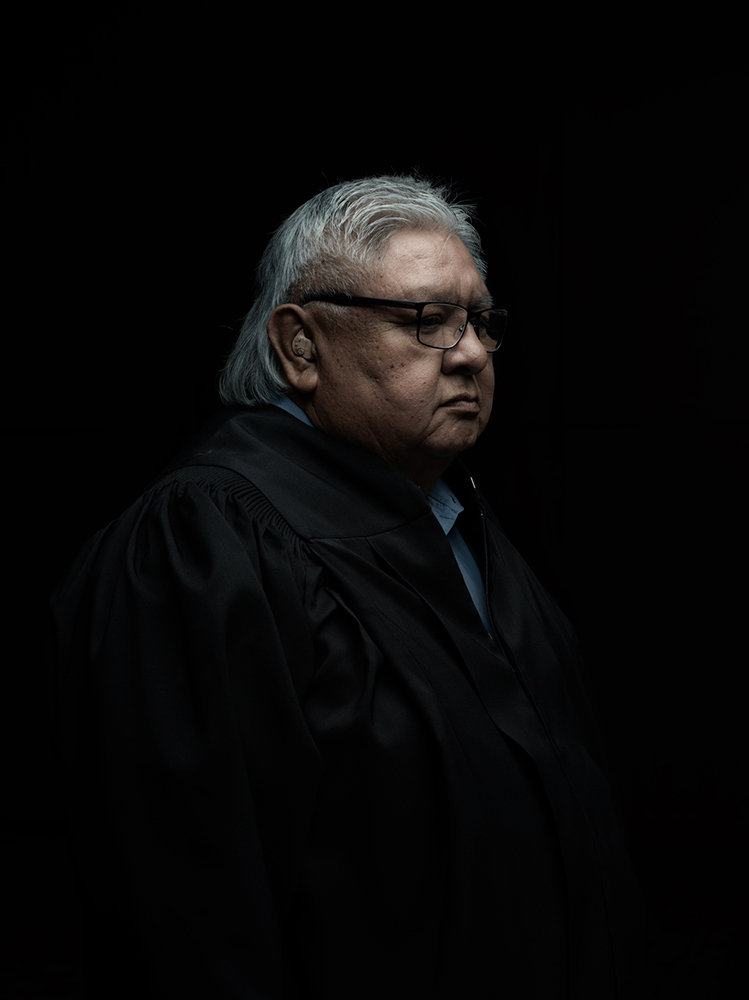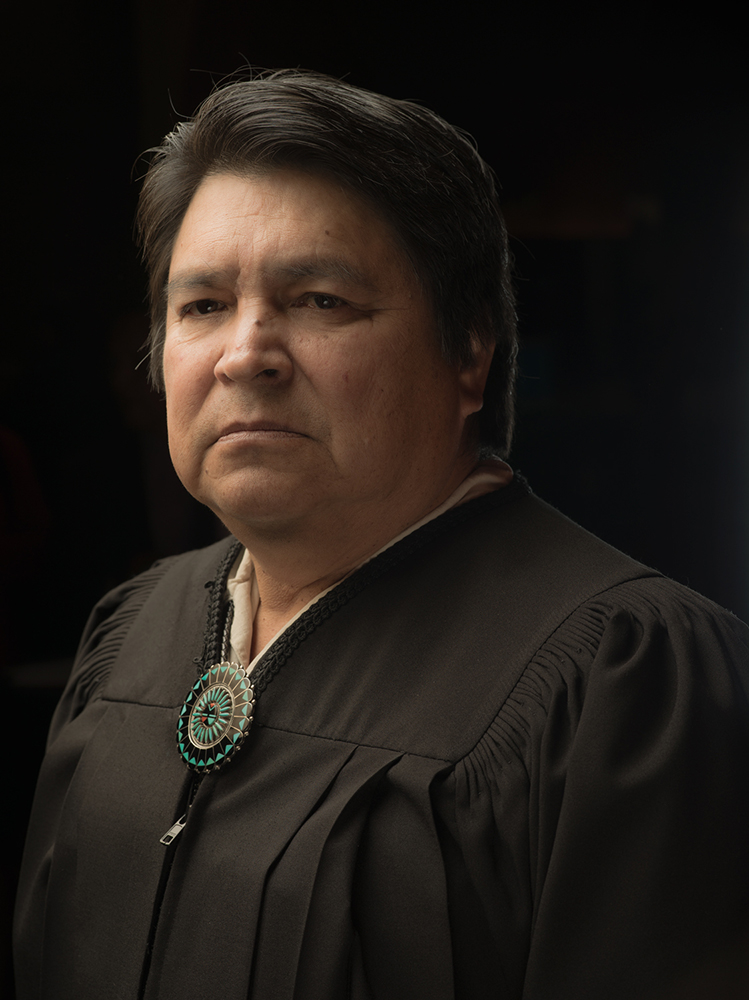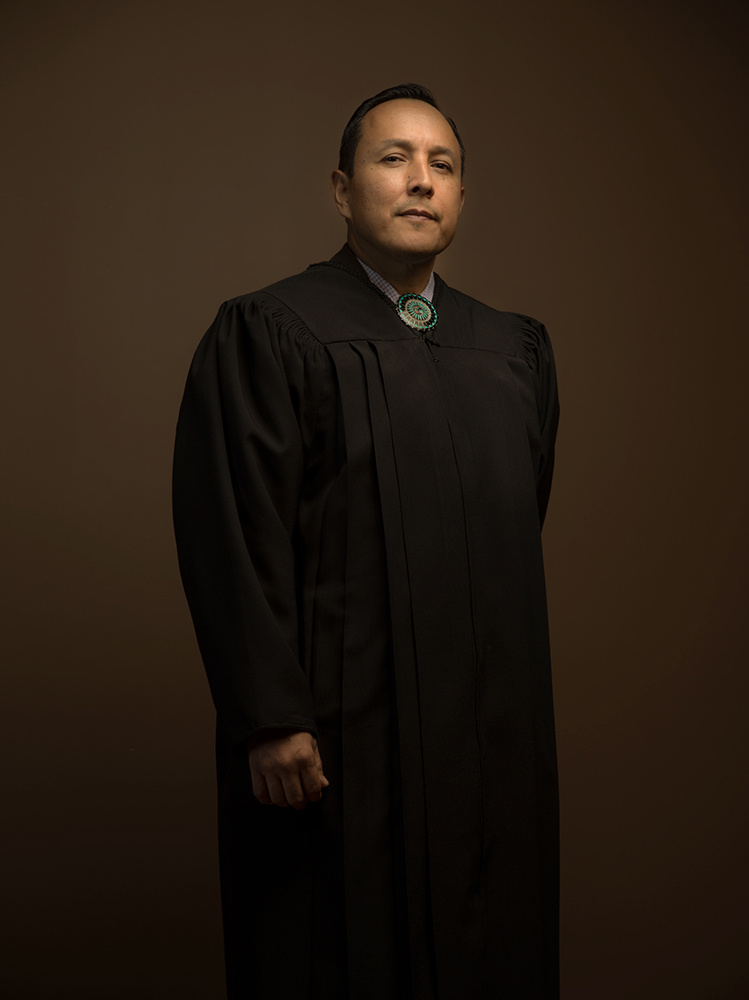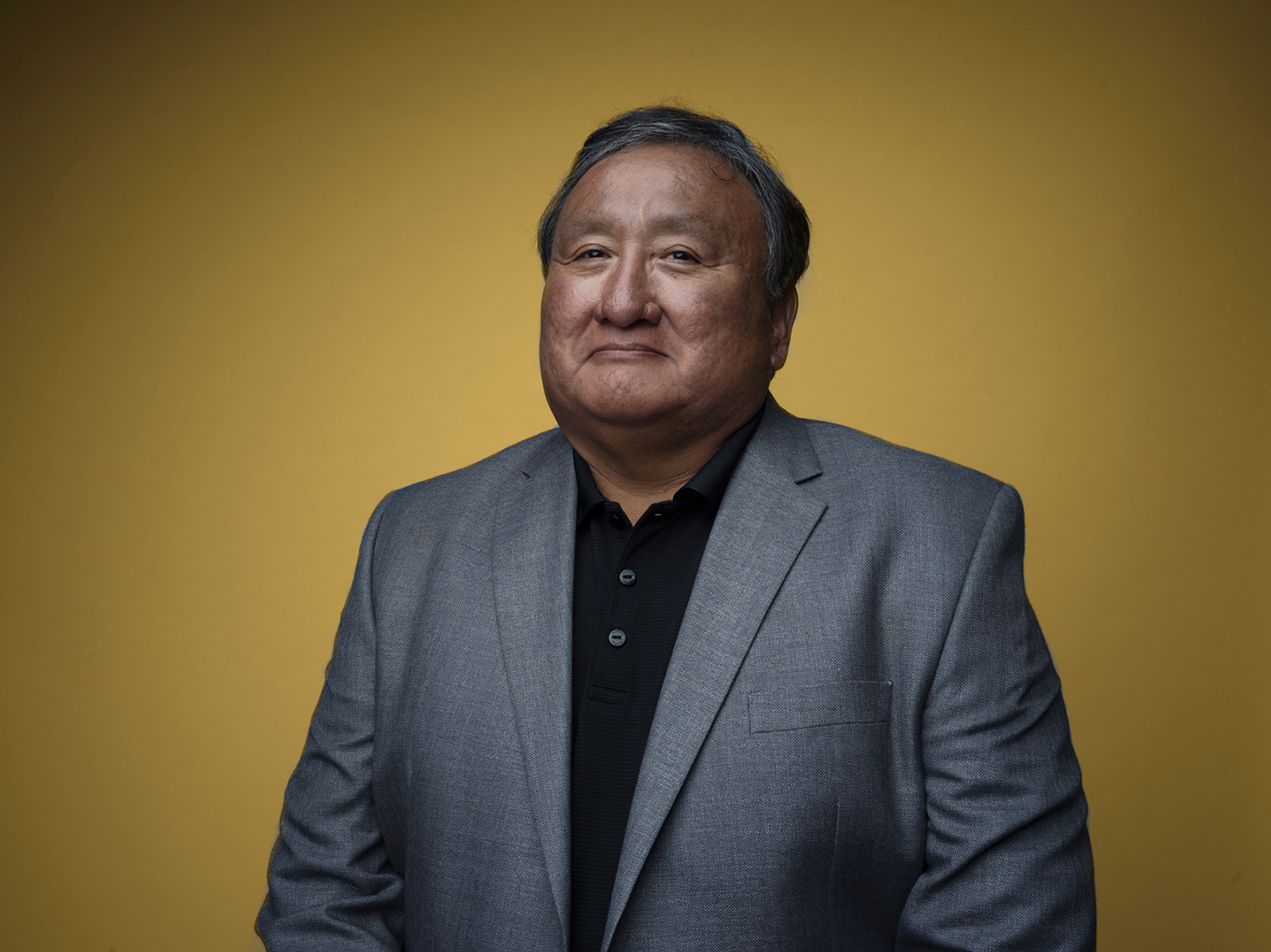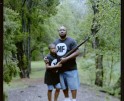The States Project: Oklahoma: Ryan RedCorn
I was introduced to Ryan RedCorn by a mutual friend, Nanette Kelley, who brought him in for a lecture at Rogers State University, where I taught. I remembered his firm hand shake, saying hi to me in his Osage language “Hawe”, and last but not least, his cowboy hat. Such an intrigued image of an Osage artist, I recalled and questioned. I believe I have my answer now.
When Aline approached me for this project, I knew I must include Ryan. I am certain his work would be a gateway for me to learn more about him, his community, and his philosophy of being a Native American artist.
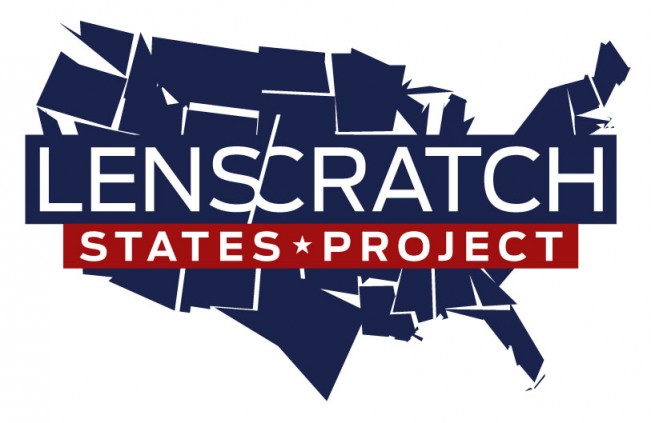 The bio I intended to introduce Ryan RedCorn is totally opposite to what he finally provides. However, this version crystallizes who he truly is.
The bio I intended to introduce Ryan RedCorn is totally opposite to what he finally provides. However, this version crystallizes who he truly is.
Thomas Ryan RedCorn (Wakant’ia) was born in Tahlequah, Oklahoma into a family of preachers, salesmen and politicians which are all pretty much the same occupation. He is the ilonpa of Raymond and Elizabeth RedCorn, and the object of jealousy from his three younger brothers Jon, Alex and Studebaker, who between them have three masters degrees and two Phd’s. Ryan, however, took 6 and half years to get an art degree in visual communications from the University of Kansas. To the surprise of many, Ryan has been able translate his education, his inlonpa entitlement, and his family lineage into something some people think is valuable. Sometimes people laugh at him and he’s ok with this. He recently woke one morning and realized he was married and had three daughters. He remarked, “I live a crazy life.”
The date we scheduled to interview, I was in Ho Chi Minh city and Ryan texted me through Whatsapp stating his wife’s grandma just passed away. She was eighty-three years old. I suddenly realized my dad just celebrated his seventy-three. Time is flying. Ryan finally managed to do our interview through Whatsapp and here it went:
Anh-Thuy Nguyen: I want to know about your philosophy of branding, using images to brand “Native American” in contemporary day?
Ryan RedCorn: I have degree in visual communication, it teaches you to fix brands, when you do this type of work, you become hyper aware of all the touch points of the brand. You take catalog, inventory of how that group represents or how they are representing themselves, then you would correct the ship. There are different ways that a brand interacts with general public. And you taking that into account and start to author the changes and make it more genuinely to what they are, other representation.
ATN: When we looked at your portraiture, how do you brand these images of Native American, which makes it different from the way those images have been portrayed?
RRC: For that project, I let it to them, there is a radical notion, it is the idea that they decide how to be seen, and I just make the image out of that. We look through them together, and they decide the image they like. It is a collaborative project, not dictated, everyone in the portrait are collaborator. They know where the picture is going, what context it going to, what the articles are. And they decide how they will be seen, if they want to be in their wedding coat, or just sitting with their dog. I mostly collaborate with my sitters, and allow them to transform into who they want themselves to be, or who they are, or a combination of two.
ATN: What do you see in Indian Country that makes you approach your creative work this way? What do you wish the general viewers, contemporary viewers learn or know about the Indian Country?
RRC: That basic dominant by white male photographers, it has been dominated by that lensing for over 100 years, since photography came to the United States. That informs how people view Native American people. I don’t know what else to say about it.
I want them to view a broader scope. Myself and other indigenous photographers’ realignment in a broader scope, the complexity, the diversity, a different value, not necessary what people expect when they think of indigenous people. From that perspective, it broadens it, and it makes more human. And more people perceive you as more human, they would treat you with respect.
ATN: What is your opinion about value? Where do you see the value of your work lie? How value of those type of work?
RRC: Curtis as well as other photographers, in his time or even right now, there is a market for that. It creates American individualism, man vs Nature, American nostalgia. There is a foundational American ideology, where those images find a market, fulfilled the desire for people who don’t have the frontier to go to. It allows them to own part of it. That is the value, what he was selling. My photographs don’t have a market, I intentionally take the picture I want, not the type of pictures people buy. I am not selling what he was selling. I spent lots of for my equipment, putting it on Instagram for free, pushing them out in the public for free, to combat all the work occupied the market. My strategy is to poison the well.
ATN: Poison the well, Ryan?
RRC: It is what is there, even if I am not responding to the work directly, people will view my work as responding to it, because it is not as a lot of indigenous photographers out there to combat the amount of marketing share that Curtis has on these images. Those images are in textbooks, reprinted over and over, they are high desired pictures. My work represents people I can get access to, but it requires engagement, requires the viewers to understand what they are looking at. They no need to know about Curtis’ work to understand mine. I just try to do volume, I hoping other indigenous photographers and graphic designers can put images on the other side of the scale. If you search on Google with the term Native American, you can see how the images change the last 20 years. I have been watching this change. It is working, and I am not the only one doing this work. This generation almost spend half of their life on the internet, the internet allows them access to un-curated news and un-curated curated ideas. And from this standpoint, it is both good and bad. Native American on the internet are more active on the web (per capita) than any other ethnic groups. We utilize this platform to share, communicate ideas, and redefine territory. The American policy has forced us to be separated physical. Our people are so spread out, the internet is able to gather the people belong in that states or other states. We can communicate with our people more effectively. When opportunities arise, dances, funerals, ceremonies, elections, we can do much of that, it strengthens the sovereign of the physical state.
ATN: Going back to the video “Smiling Indians” by the comedy group 1491s, of which you are a member, and which have made appearances national wide, including on Comedy Central’s “Daily Show”, TED talk from Manitoba, NPR, etc. I would like you to restate the way you portray the “Indianess” that difference than how others have portrayed before. What is the meaning it has for you as an indigenous artist, a father, a son, a husband, a dad?
RRC: This project is reactive, a reactionary. That way, it gives up some of its power, yet, gains power at the same time. If you take the opening statement about the dedication of Curtis’ out, nothing changes about the indigenous people, just change the way people look at non-indigenous, the frame of Edward Curtis. It responses, undoing, unravel the pillar of a branch has been created for indigenous people. There is other video we did “Wounded White Warrior Savior Photographer”, based on a real photographer, who basically says the same thing as Curtis, that they need to photograph the Native American before the latter disappears. But we are still here, we do not disappear. But it is what American believe, it is required that they believe that the Native disappears. If not, it is problematic to their station, where they live, everything in the US will become problem if the Indian don’t disappear. If you extend the notion of Indian is disappearing. When you buy a house, or a land, it is inconsequential, because there is nobody there, even if there was something there, there no push back, no frontier, no lines, no edges. There is nothing that can be undone, there is no consequences.
If you extend the notion that Indian people are not disappearing, without saying it, it becomes inherently threatening for others. My tribe starts to buy back lands right now, our land is growing and not shrinking. And that immediately becomes a threat to non-Indian. We are using our wealth to buy land that taken from us.
ATN: I feel it is wrong that your tribe has to buy back the land which was used to be yours. Why other people feel threatened?
RRC: It threatens their way of lives, just the same way ours was threatened. Except now it is turning back the other way, which strengthens the land based, the indigenous course, the American Indian lobby power, and buying power, economic power. When you look at back stage run commercial, that creates an offense, an offense public relation campaign. I feel the photos I take are the same thing. I don’t have millions of dollars to get ads on TV. But I have a platform, I have people follow me, people buying it, too. Those photos are the virtues of indigenous identities, in fact, if I have any power, that is where it comes from, I allow people to see their souls.
ATN: You utilize what is there to reshape the power structure within your capacity to make an influence and to help others to engage. Within your own community, people know what you are doing and understand your act. But for outsider like myself, I do not understand why you do it, and what it is for. It is bigger than making art to sell, to make the value into monetary value. A whole structure that you want to reshow, it is such a beautiful thing to see, Ryan.
RRC: What I am doing is not new. This knowledge, the adaptation of it, has been passed down the last 200 years or longer. If we look back at the history of my community, how they interact and dealt with outside forces, what tactic state employed on them. What I am doing is just a modified version of that, that kind of strategy is not new to me. My grandpa, my dad, our community leadership during the 1900s,1910s, 1920s, they had their version of its based on the version of 1880s, and before that. There is a continuum there, something I learnt from people who came before me.
ATN: You are still modifying those tactics in order for you to regain the power, continue fighting, which is should not the case unfortunately. I learn a great deal by talking to you, Ryan.
RRC: If I do not have that continuum, if it is not institutionally buried into my community, then I don’t have the access to that. One of the premise of our community, one of our philosophical premises is adaptation, it shows up in our creation story. This is what happen to my people, they adapt it, and they create something new out of it. What they are teaching is to know things change. That flexibility, knowing that if you think in term of adaptation is a core principal, it lets you decide what are the cores to keep and maintain, and what are the things are alright to change. The decision helps to inform our story decisions. If you crafting art, story, you crafting a narrative. You decide what it looks like, what types of ideas it represents, when and how you want to draw power, hang over power, and steal power. You are cognitive about those stories, narratives, you know the structures, the problems, what principals, then you can navigate that space, and hopefully do it in a way that allows you to execute your products to resonates with people.
Posts on Lenscratch may not be reproduced without the permission of the Lenscratch staff and the photographer.
Recommended
-
One Year Later: Christian K. LeeJuly 20th, 2024
-
One Year Later: Nykelle DeVivoJuly 19th, 2024
-
THE CENTER AWARDS: FISCAL SPONSORSHIP: CAROLINE GUTMANMay 28th, 2024
-
Earth Week: Hugh Kretschmer: Plastic “Waves”April 24th, 2024
-
Earth Week: Richard Lloyd Lewis: Abiogenesis, My Home, Our HomeApril 23rd, 2024

